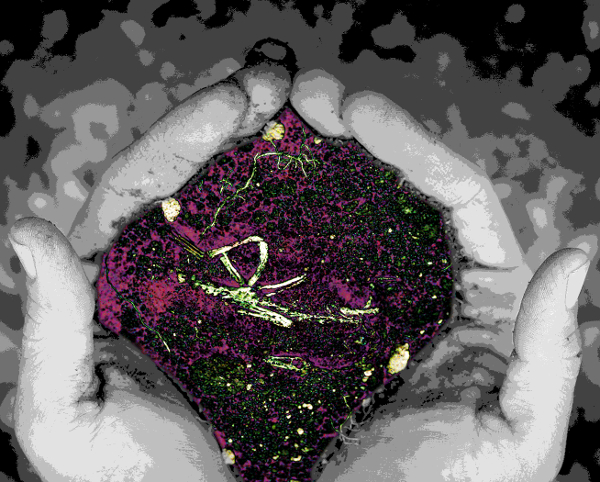Microbes' makeups revealed
 Queensland researchers have released a decade’s worth of work on the genetic makeup of over 1000 microbes.
Queensland researchers have released a decade’s worth of work on the genetic makeup of over 1000 microbes.
University of Queensland researcher Professor Philip Hugenholtz said the release of 1003 bacterial and archaeal reference genomes would pave the way for future health, biotechnology and agricultural products.
“These findings will jumpstart biotechnology applications and be extremely useful for interpreting environmental data,” said Professor Hugenholtz.
“The importance of sequencing reference organisms from culture collections for exploration of microbial dark matter cannot be overstated.
“Without reference organisms, it’s akin to navigating a country without signposts.
“We now understand bacteria are involved in almost every aspect of daily life, yet we have a poor understanding of how these organisms relate to each other and the full extent of their genetic capabilities.”
The local researchers worked as part of a program funded by the US Department of Energy Joint Genome Institute (DOE JGI).
The JGI’s Prokaryotic Super Program head and paper senior author Dr Nikos Kyrpides says bacteria and archaea are the most biodiverse of free-living organisms on Earth.
“They have already conquered every environment on the planet, so they have found ways to survive under the harshest of conditions with different enzymes and with different biochemistry,” he said.
Microbes play important roles in regulating Earth’s biogeochemical cycles - processes that govern nutrient circulation in terrestrial and marine environments, for example.
Uncovering the functions of genes, enzymes and metabolic pathways through genome sequencing and analysis has wide applications in biological, biomedical, agricultural and environmental sciences.
The effort is part of the DOE JGI’s Genomic Encyclopedia of Bacteria and Archaea (GEBA) initiative to sequence thousands of bacterial and archaeal genomes and fill in branches of the tree of life, with the first 56 GEBA genomes published in 2009.
Professor Hugenholtz was a staff scientist at DOE JGI from 2004 to 2010. As lead taxonomy curator, he selected genomes to be sequenced, participated in analysis and was a co-author of the original paper.
In late 2010 he returned to UQ to establish and direct the Australian Centre for Ecogenomics, which provides an Australian focal point for sequence-based analysis of microbial communities.
The microorganisms in the new study were isolated from environments ranging from sea water and soil, to plants, cow rumen and termite guts, then sequenced at DOE JGI. The genomes were publicly released immediately after sequencing to maximise their use by the larger scientific community.








 Print
Print